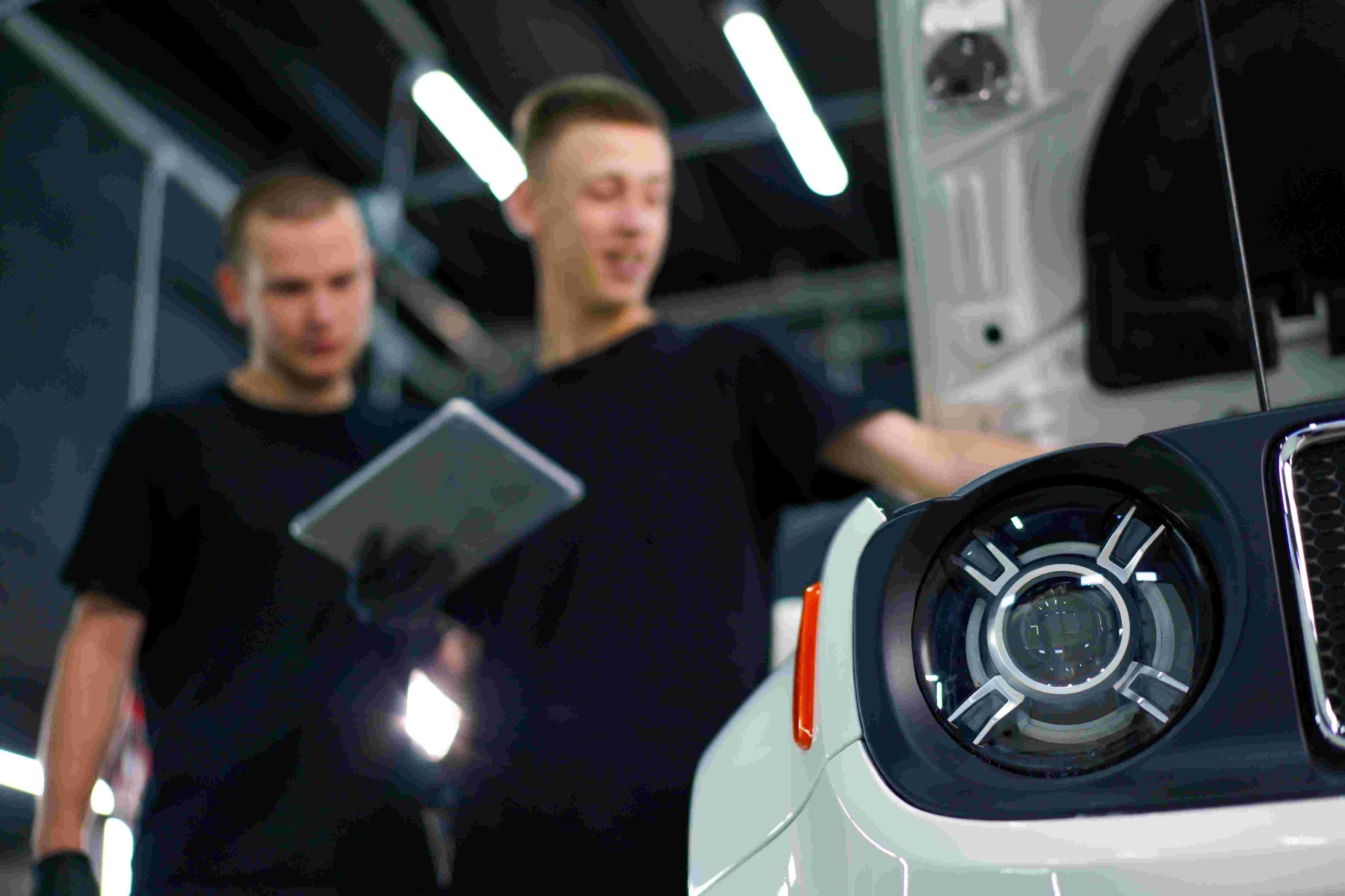Implementing Workday is a milestone, but post-go-live support is crucial. CloudApper hrPad aids small HRIS teams in managing global workforces by providing self-service kiosks, reducing workload, and offering multilingual support, ensuring efficient HR operations.
Table of Contents
Implementing Workday is a major milestone for any enterprise. But what happens after go-live often determines long-term success. For companies managing global workforces in Workday, especially across North America, Europe, and Asia, HR operations can become overwhelming. This is particularly true when supported by a small HRIS team. One analyst, one manager, and a new hire are expected to serve thousands of employees across regions. As more organizations rely on global workforces in Workday, the pressure on centralized HR support teams continues to grow.
For more information on CloudApper hrPad visit our page here.
This is where the real challenge begins.
Many Workday users quickly realize that while the platform is powerful, it doesn’t scale support effortlessly across geographies. As a result, centralized teams face mounting pressure. Global companies often rely on these small teams for everything—from assisting employees with time-off requests to troubleshooting pay stub access. They also handle answering policy questions. And when there’s no regional HRIS structure in place, things can quickly get out of hand.
That’s exactly where CloudApper hrPad proves its value. It’s a powerful, complementary solution for Workday that lightens the load, improves employee support, and ensures Workday continues to serve at scale. Most importantly, it does all this without needing to build a large HRIS department.
The Post-Go-Live Bottleneck
Most companies underestimate the level of support employees need once Workday goes live. While the system is built for self-service, employees often struggle with tasks like viewing pay stubs or time-off balances. They may also need help submitting change requests or navigating interfaces in different languages. Even simple questions about policies can cause confusion.
For non-desk workers—such as those in warehouses, hospitals, or retail floors—accessing Workday through a laptop or mobile app may not even be an option. As a result, all questions, requests, and frustrations get funneled to the central HRIS team. And when that team is only three people managing 40,000 employees across multiple time zones, the system breaks down fast.
CloudApper hrPad: Workday Support Without the Stress
CloudApper hrPad is a tablet-based self-service kiosk that solves this issue head-on. It complements and expands Workday by making HR functions accessible to all employees—no matter where they are or what device they use.
Here’s how it helps small HRIS teams support global workforces effectively:
1. Brings Workday Self-Service to the Frontlines
CloudApper hrPad runs on iPads or Android tablets and turns them into secure self-service kiosks. These can be deployed at physical worksites—factory floors, employee breakrooms, hospital stations, or reception areas. This gives employees immediate access to HR services without needing to contact HRIS teams directly.
2. Reduces Tickets and Workload
Employees can view their pay stubs, request time off, check schedules, or submit documents through an intuitive interface. hrPad eliminates the need for HRIS teams to handle every minor request. As a result, teams experience a significant drop in ticket volume and gain more time for system optimization.
3. Delivers 24/7 Support with Conversational AI
The built-in AI assistant guides users through tasks and answers HR questions in natural language. It pulls from company-specific policies. There are no more calls, emails, or delays. And because it’s always available, it provides support outside business hours and across global time zones.
4. Multilingual and Region-Ready
hrPad supports multiple languages. It’s perfect for international locations where English isn’t the primary language. This ensures a consistent employee experience while respecting local needs.
5. Scalable Without Headcount
Best of all, hrPad grows with your workforce. Whether you add 10 new facilities or 5,000 employees, hrPad can be deployed quickly. You won’t need to hire more HRIS staff or reconfigure Workday each time.
Why Workday Users Should Take Notice
While Workday is an exceptional system for managing global HR operations, it wasn’t designed to meet every regional or departmental need out of the box. By pairing it with CloudApper hrPad, organizations ensure employees have a reliable, accessible, and user-friendly way to interact with HR services. This is especially important in environments where direct Workday access is limited.
For HRIS teams, this means fewer requests, reduced bottlenecks, and more time to focus on improving the system. For employees, it means empowerment, faster resolutions, and less dependency on emails or help desk systems.
Final Thoughts
If you’re stepping into an HRIS role at a global company using Workday and you see a small team supporting a massive workforce, don’t panic. With the right tools, you can scale smartly and sustainably. CloudApper hrPad is not just a workaround—it’s a strategic extension of Workday. It handles the gaps that become evident after go-live.
What is CloudApper AI Platform?
CloudApper AI is an advanced platform that enables organizations to integrate AI into their existing enterprise systems effortlessly, without the need for technical expertise, costly development, or upgrading the underlying infrastructure. By transforming legacy systems into AI-capable solutions, CloudApper allows companies to harness the power of Generative AI quickly and efficiently. This approach has been successfully implemented with leading systems like UKG, Workday, Oracle, Paradox, Amazon AWS Bedrock and can be applied across various industries, helping businesses enhance productivity, automate processes, and gain deeper insights without the usual complexities. With CloudApper AI, you can start experiencing the transformative benefits of AI today. Learn More
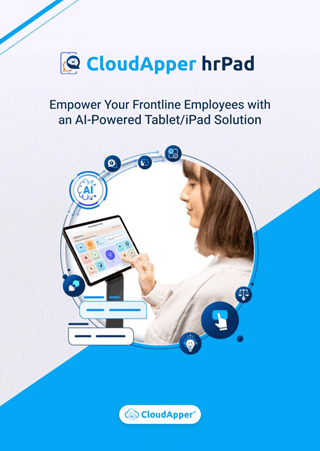
Brochure
CloudApper hrPad
Empower Frontline Employees with an AI-Powered Tablet/iPad Solution
Download Brochure
CloudApper AI Solutions for HR
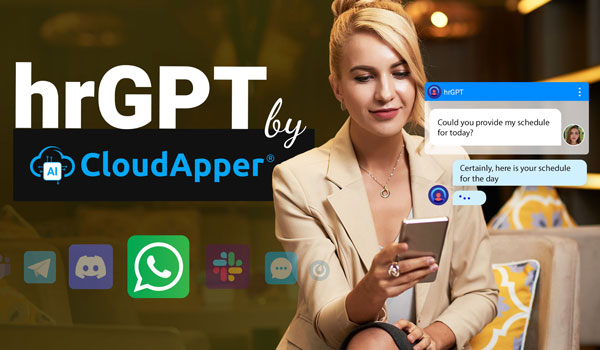
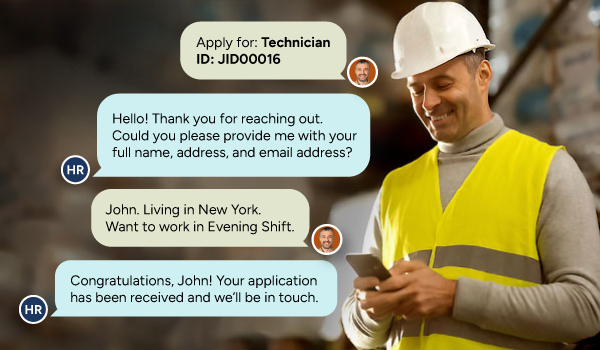
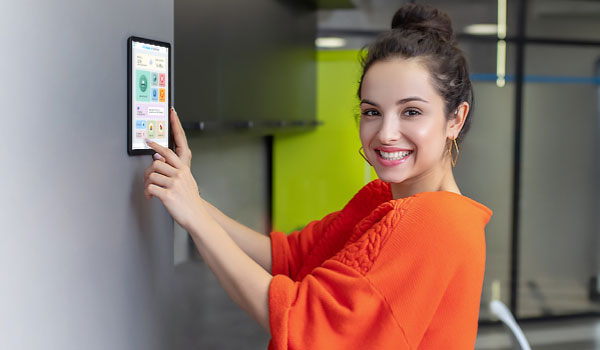
- Works with




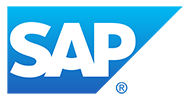



- and more.
Similar Posts

Real Story: How Global Workforces in Workday Without Expanding Your…
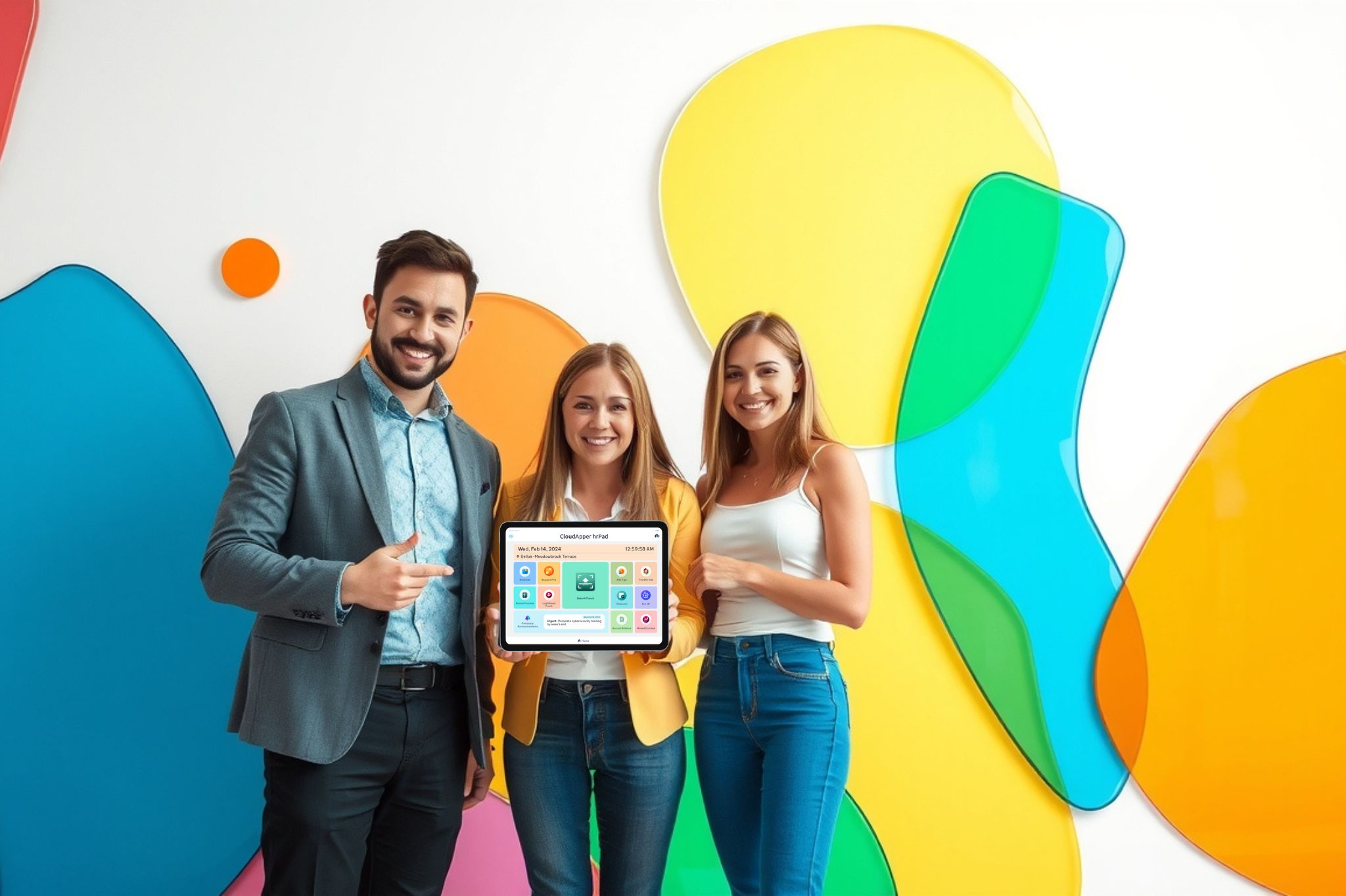
Enhance Global HR Efficiency: CloudApper hrPad as a Scalable Expansion…
